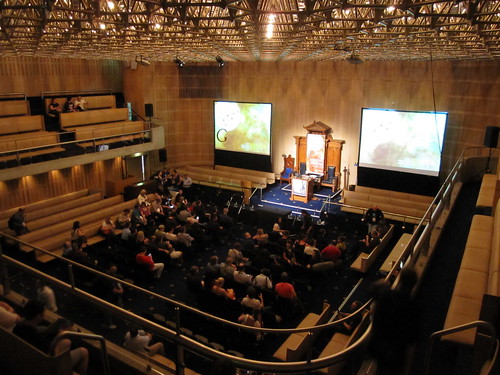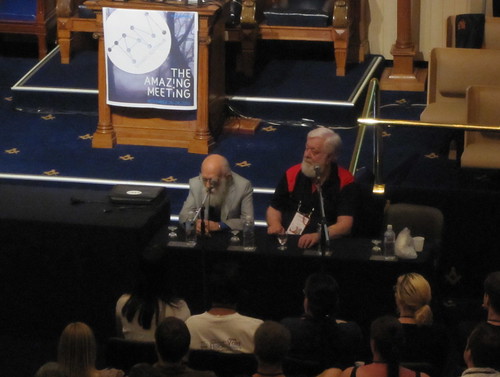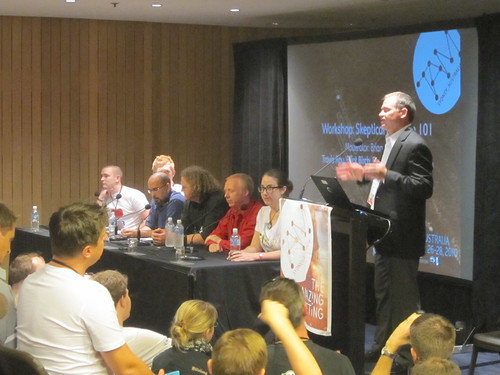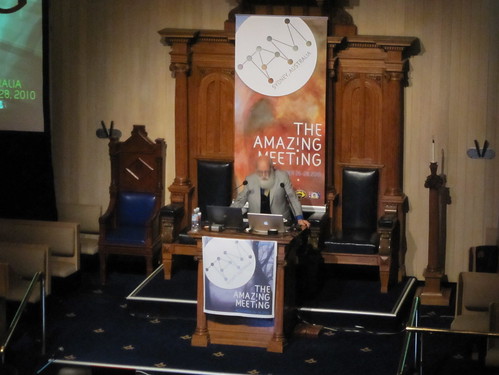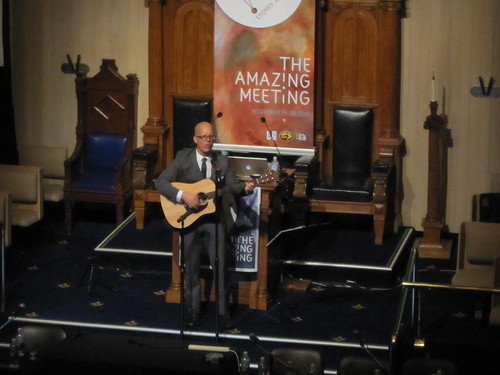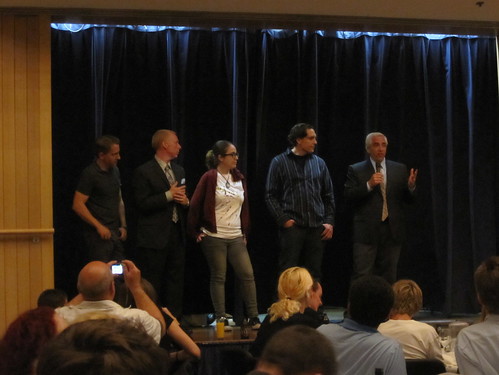So, after much research and analysis I bought myself a
Cowon S9 mp3 player which arrived in the mail yesterday:
 [Source: Trusted Reviews]
[Source: Trusted Reviews]Why a new MP3 Player?
I’ve been wanting to buy myself a new MP3 player for a while now. The
iriver E100 that I have is decent enough, but it does have a few problems.
For example, its UI is rather clunky and I didn’t want to deal with slow menus, slow scrolling, and the inability to quickly forward through an audio track or podcast any more.
I was also feeling limited by its 2GB storage space and lack of good quality video playback (though the latter was more of a secondary concern).
Research Mode
So, last week I went into research mode and started to build a shortlist of players that met my needs.
My needs, by the way, were:
- Excellent quality sound
- Podcast support
- Audible support
- Small and light (so, most likely, a Flash memory based player and not a hard disk based one)
- Plenty of storage space (at least 8GB)
- A good UI
- Ideally, good quality video
My early first choice was the
Microsoft Zune HD but that’s still not available in Australia so it dropped out of the running pretty early on.
Most of the Sony and Samsung players dropped out, too. They had good quality sound but were lacking in one aspect or the other. The ones that fit the bill were out of my price range. I considered briefly the thought of getting an iPod – either the Nano or the Touch – but the iPods have always far to limited for my liking.
FYI: If you’re interested in this kind of thing, check out Pocketable’s ‘
Apple iPod touch 2G vs. Cowon S9 vs. Samsung P3’ comparison.
Shortlist, then a Selection
So I ended up with a shortlist of three players:
All three met my needs but the S9, though it cost more than the other two, gave me more than what I wanted while remaining within my price range.
Specifically, the S9 had excellent quality audio while the other two had merely ‘very good’ quality audio.
It also had excellent quality video on a fabulous widescreen display, which was a big bonus. The Fuze’s video quality, meanwhile, was terrible while the X-Fi’s was good, though not widescreen.
And, while the S9 didn’t have the additional features the X-Fi had, I really didn’t want or need all those additional features.
So that was that. I ordered the S9 from
Eljo Media last Sunday and it arrived in the mail yesterday. I also bought for it a leather carrying case and a mains charger.
I have since spent the day exploring it, updating its firmware, and copying my media onto it.
My early thoughts:
it’s awesome :)
Good Quality Headphones to Match
To round off my move into ‘excellent’ quality audio, by the way, I also wanted to buy a pair of quality earphones.
I ended up getting the
HiFiMan RE0 In-ear Earphones Headphones (i.e. canalphones) from
Headphonics:
 [Source: HiFiMan]
[Source: HiFiMan]FYI: If you’re interested in quality headphones, by the way, check out
Headphonic’s Top Picks in headphones.
These haven’t arrived yet because I ordered them a day after I ordered the S9 but I trust they’ll be awesome, too.
UPDATE: The headphones arrived this morning and they are, indeed, awesome. First off, they're made of lightweight metal and not plastic, which is brilliant. They also have five different eartips of different lengths (i.e. both single and double flange) and diameters. Finally, they come with a detachable clip (to clip the cord to your shirt) and five pairs of fabric mesh filters (i.e. covers) for the micro-speaker bit of the earbud. For much more on these these earphones, check out this
awesome review by ClieOS.
Post Script: Being an Audiophile
So, now that I have excellent quality music equipment (and most of my music is encoded in high bit-rate MP3 format), I can go back to being an active audiophile.
I’ve actually been an
audiophile – though not of the insufferable variety – since I co-produced an album for the band I used to be in back in 2004. During that period I trained my ear to listen to music much more deeply and I haven’t looked back since. So much so that badly produced, over-produced, or over-mastered music now
really irritates me.
So, while I’ve had this love of quality music for a while, I haven’t always had the equipment to enjoy my music to the fullest. Well, with the Cowon S9 and the HiFiMan RE0, my situation has changed: I’m back :)
FYI: If you’re interested, here are some articles for your inner audiophile (with a focus on MP3 compression, modern music mastering techniques, and the loudness was):


